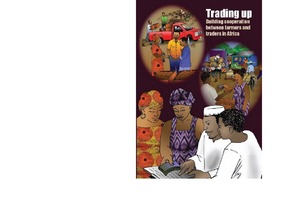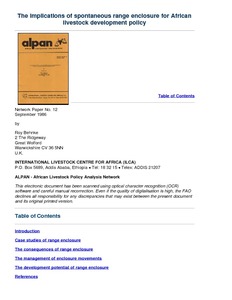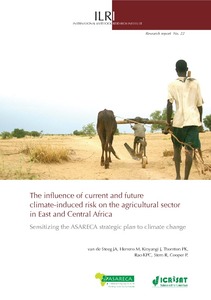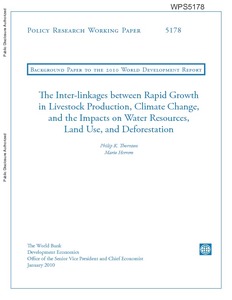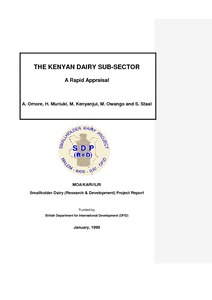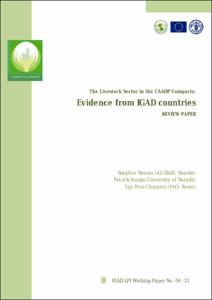Trading up: Building cooperation between farmers and traders in Africa
Written and coordinated through a ‘writeshop’ approach, this book stands up for traders – who are often treated with mistrust by smallholder farmers. It aims to improve the relationship between producers and traders, thus contributing to more sustainable value chains that provide access to markets for local producers in Africa. Full of short stories that are unique and rich in information, Trading up’s 15 richly illustrated case studies cover a wide range of countries and commodities.

